Installing in-wall speakers in your home can be a simple task if you're handy and don't mind cutting into drywall. Then, the following items are all you need to install the in-wall speakers: a drywall saw, a stud finder, an electrical snake or fiberglass push rods, because you need to run the wires, a tape measure, a drill with a long enough, because you need to pass your speaker wire, and a screwdriver.
First, Decide The Position To Install The In-wall Speakers
The perfect distance between the front left and right speakers may be 6 to 10 feet, and the seated ear level height is the best position. To avoid boomy bass from boundary effects, place the speakers at least 3 feet away from a corner. The front left and right speakers maybe straddle a flat panel or screen. The center fitting may be just below, it may be sometimes above the position.
For most house home audio setups or home theater systems, we may install surround speakers to the left and right of our major seats. Sometimes, it will be mounted at the rear of our viewing position, or, about 6 feet away from the ground.
However, if you like to listen to a lot of multi-channel music, you would better install them with a higher position that is close to the fronts.
After you make certain of the positions, you can use the stud finder to determine the center of the stud bay that you want to install.
Sometimes, you may need to move the in-wall speakers to the left and right positions. So, you need to make sure of enough space to install those in-wall speakers.
You may also take another factor when you determine the in-wall speaker position. Because most in-wall speakers and in-ceiling speakers are passive speakers, then you need to consider the position of your amplifier.
Second, Determine Your Wire Paths When Install the In-wall Speakers
Before you start sawing, you need to determine the wire runs. The most normal interference when you mount the in-wall speaker location may be the ductwork, pipes, or electrical cables. Especially when you need to install those in-wall speakers in a first-floor room with an incompleted basement. Or, when you want to install the in-wall speakers in a second-floor room with attic access.
The most likely scenario is that you'll cut a one-gang or two-gang electrical box opening into the wall behind your equipment rack, then drill a hole through the floor plate (for the first floor) or the top plate to run the wire into the basement or attic from the stud bay you've opened up.
After that, you need to run it through the basement attic to the stud bay to install the in-wall speakers. Also, drill up or down into the bay according to those positions. Remember to drill up or down into the stud bay, but not the basement or attic.
Third, Check For Obstructions and Cut the Holes
It's almost time to begin ripping. Check for obstructions behind the drywall, such as electrical wires, ducts, or pipes, after you've identified your speaker locations with your stud finder and ensured that wires can reach them.
You need to make certain whether there are any obstructions when you are installing the in-wall speakers. You can drill a 0.25-inch hole in the wall near the center of the stud bay. Also, you can insert a coat hanger bent at a 90-degree angle.
If you find any, the small hole is simple to repair. If everything appears to be in order, you can begin carving the full speaker cutout. Use the template that came with the speaker, align it, and use a pencil to make a light mark.
Here's some helpful advice:
Begin with a small, rectangular hole in the center of the proposed cutout that is large enough to fit your hand into.
Before you cut the full hole, take another look with a small wand mirror or carefully feel around to ensure there is nothing that will cause you trouble.
In order to avoid the blocks or other obstructions when installing the in-wall speakers, you can use this chance to send fiberglass push rod or snake down or up. Then those wires can reach the top or bottom plate without a problem.
Use the beveled edges to cut the exploratory rectangle, and move the point of the blade toward the center of the speaker location.
If you need to relocate your speakers, the piece you cut out will fit into the hole like a lid. After that, it will be easier to make drywall requirements.
Fourth, Running the Speaker Wires
When it comes to installing speaker wires, you have four options.
As we mentioned before, if you have a basement or crawl space, you can run those in-wall speaker wires overhead through an attic space or beneath the floor.
However, there is another method that you can complete it. You can remove the baseboards, and cut a channel into the drywall with a utility knife. Then you can run the wires and replace the baseboards.
The last desirable option to run the wires is to adhere to the walls. Sometimes, you cannot get access from above or below.
In this situation, you need to cut some small holes in the drywall to expose the stud bay. Also, you need to drill large holes to pass the wires.
Please remember that the holes you drilled must be one inch high and wide to expose the stud. So it will be easily repaired if there are any problems. And it is better to install the wire with up to 100 feet, 14- or 16-gauge.
Fifth, Installing the In-wall Speakers
To improve sound quality, consider installing insulation (R-13) in the wall cavity behind the speakers.
You need to connect the wires to the binding posts before you screw the speaker into place.
Once you've confirmed that the speakers are working properly and that any EQ controls or driver positions have been adjusted, then you can seat down and enjoy.
After you know how to install the in-wall speakers, you can check Arylic RK30 Wall Mount Speakers.
This can be a perfect friend in your house if you need to complete a whole-house audio system or home theater system.
Apart from this wall mount speaker, we also have In-ceiling speakers, like the RK525 In-ceiling speaker and the WBC65 In-ceiling speaker.
Be sure you know all the information on how to install the In-wall speakers, also, make sure what type of your speakers are.
Whether you need an amplifier/receiver or not.
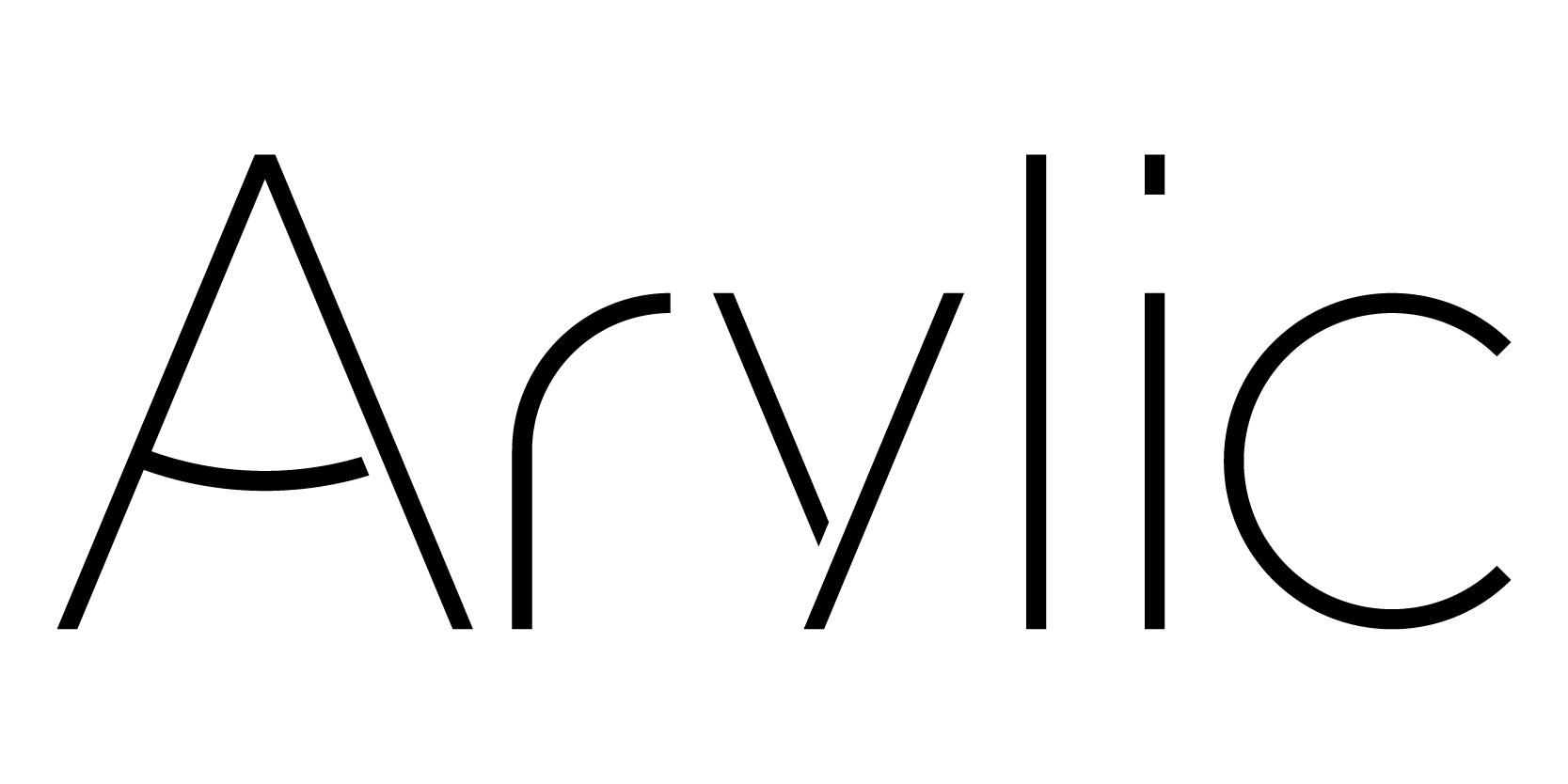
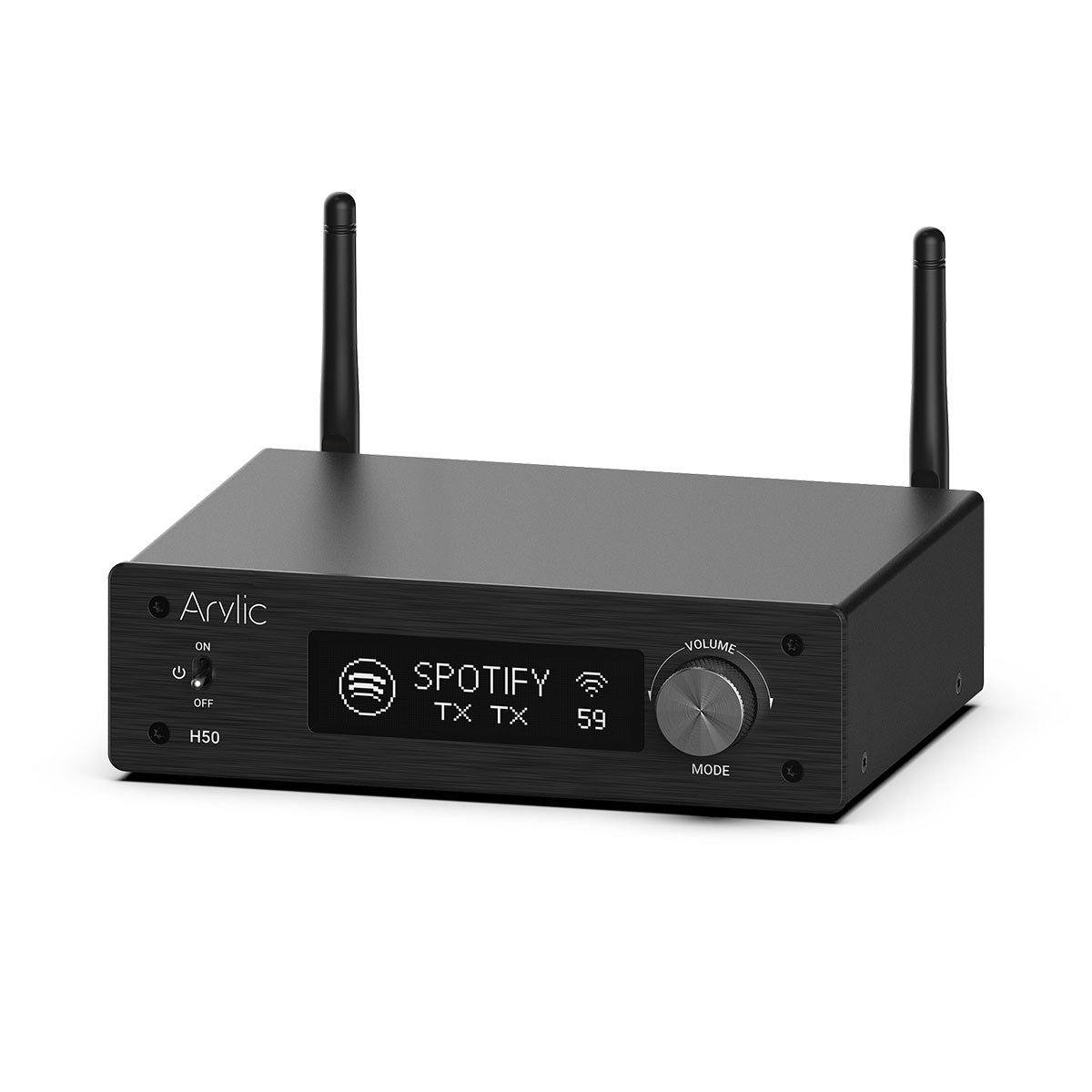
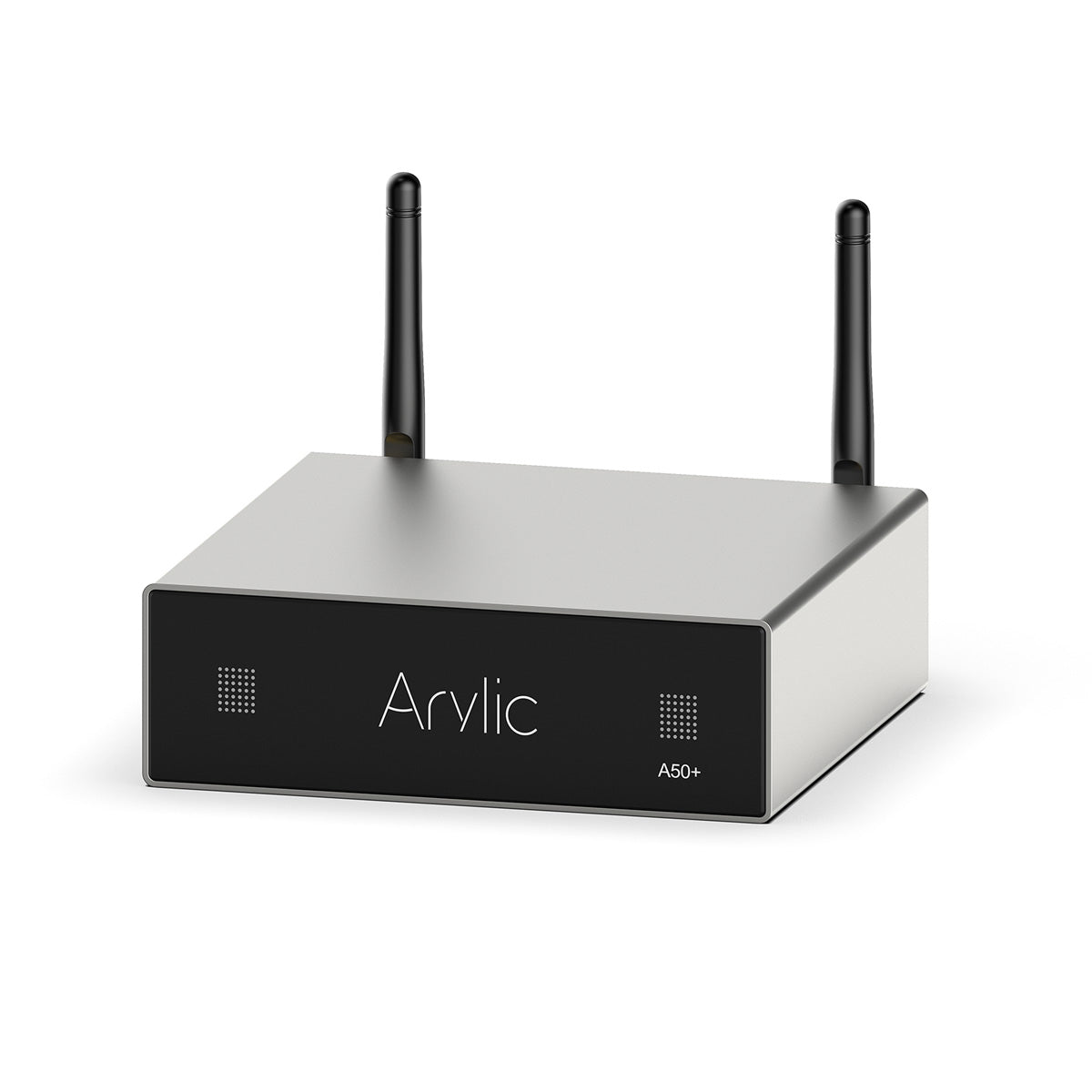
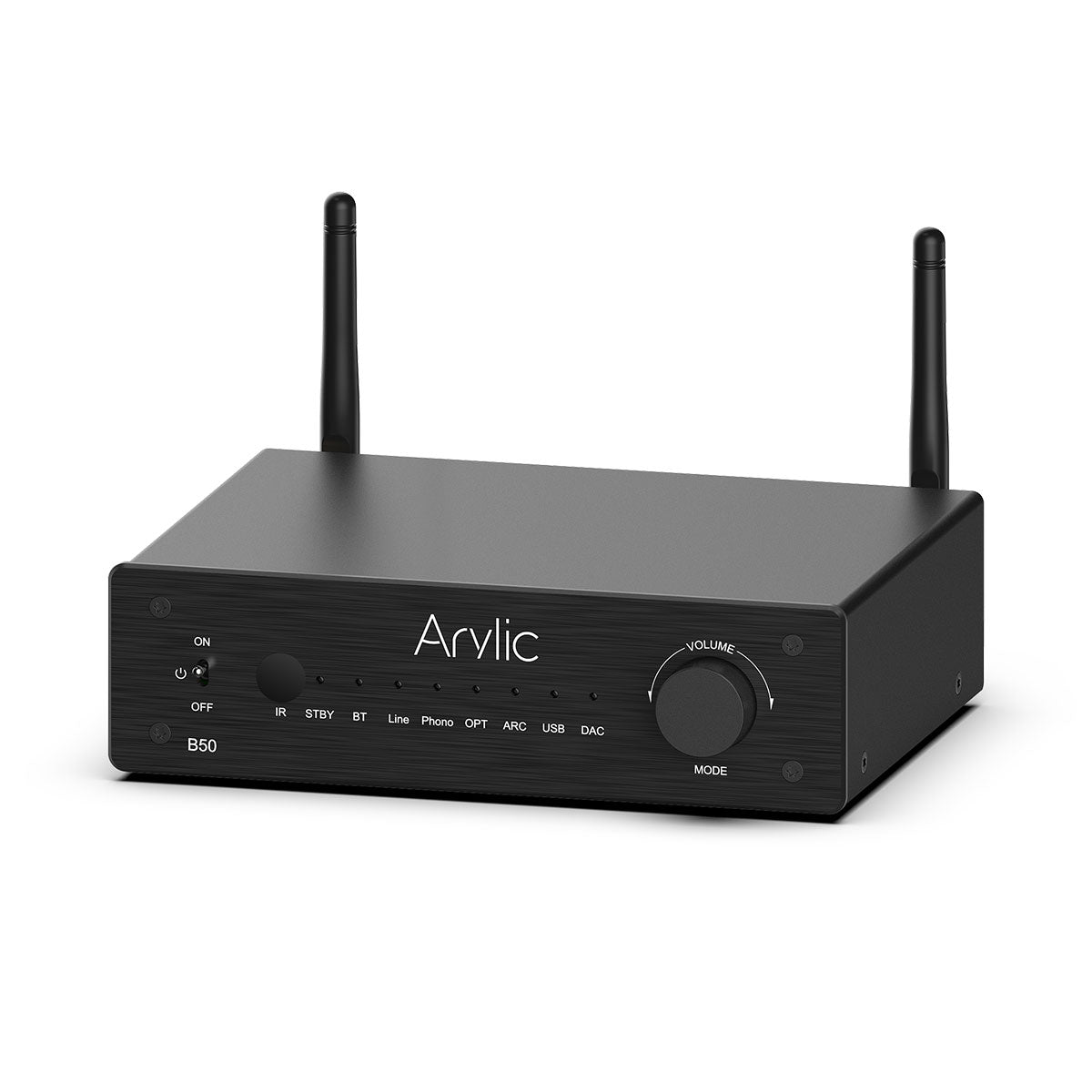
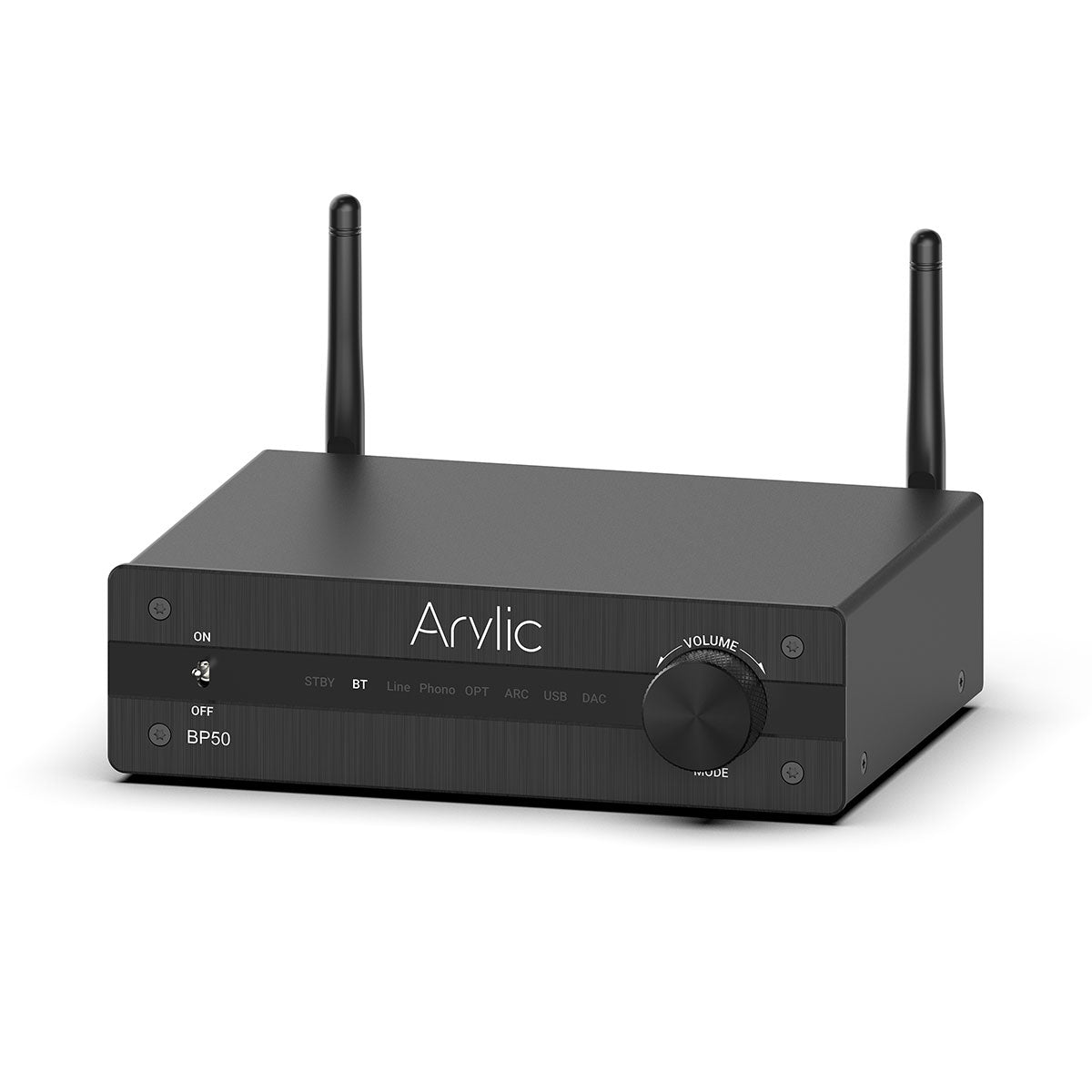
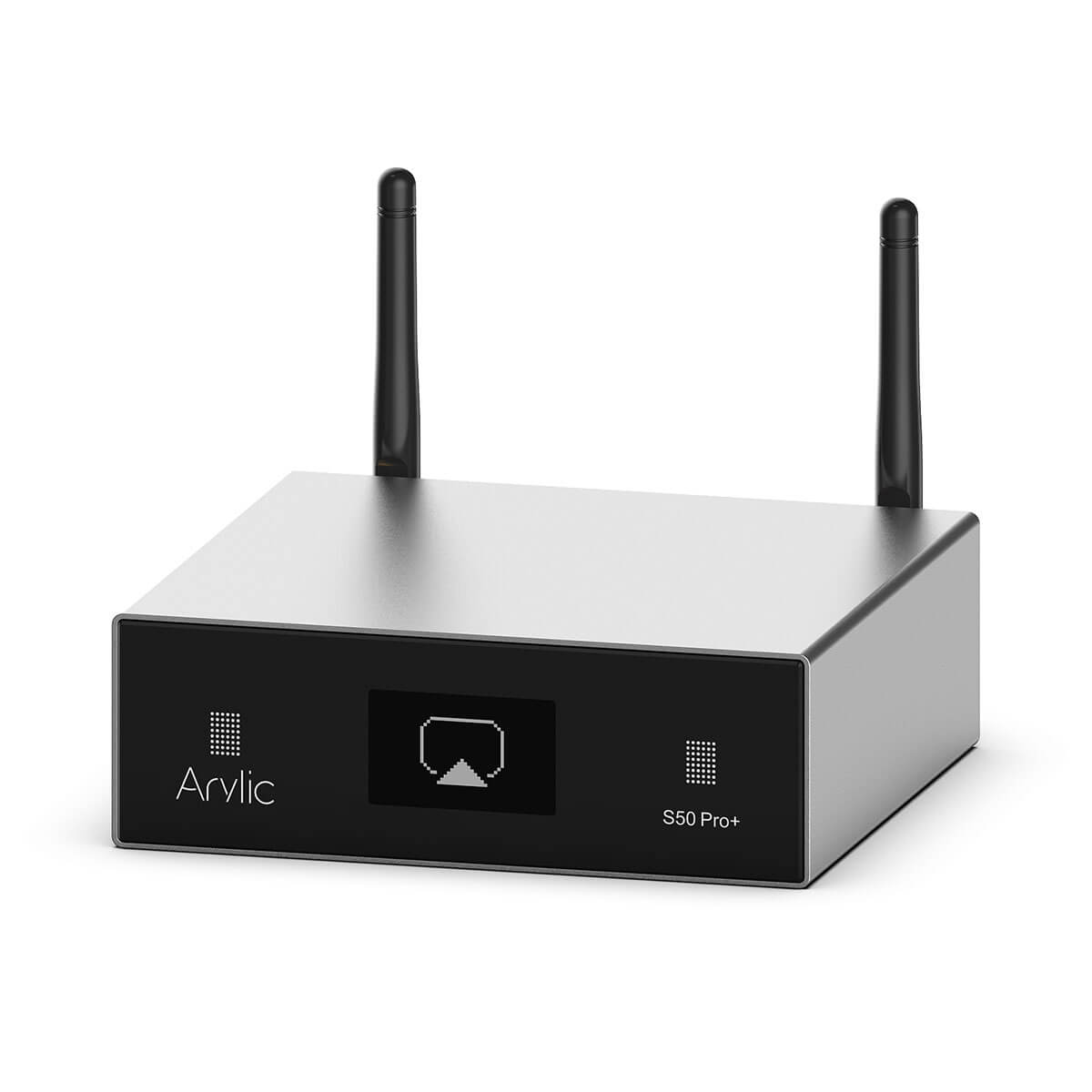
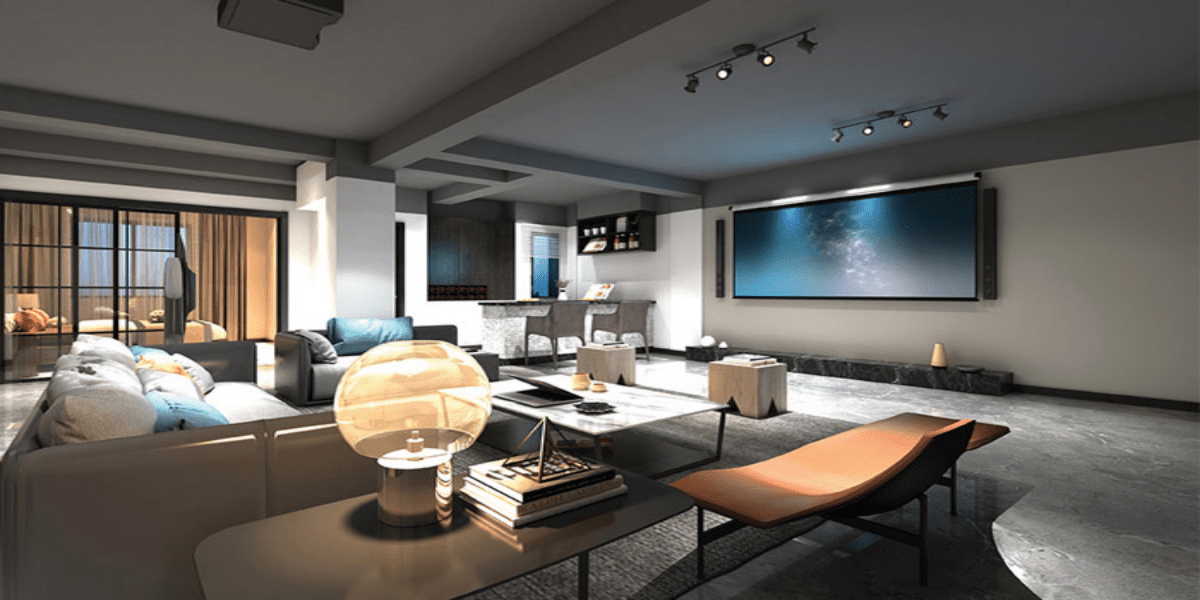
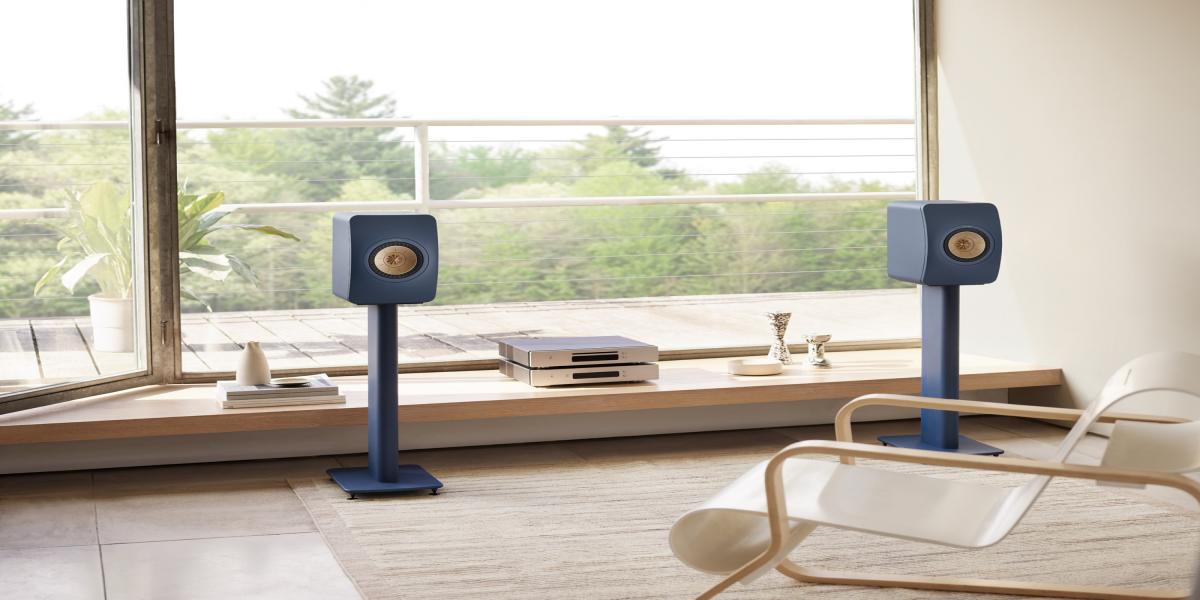
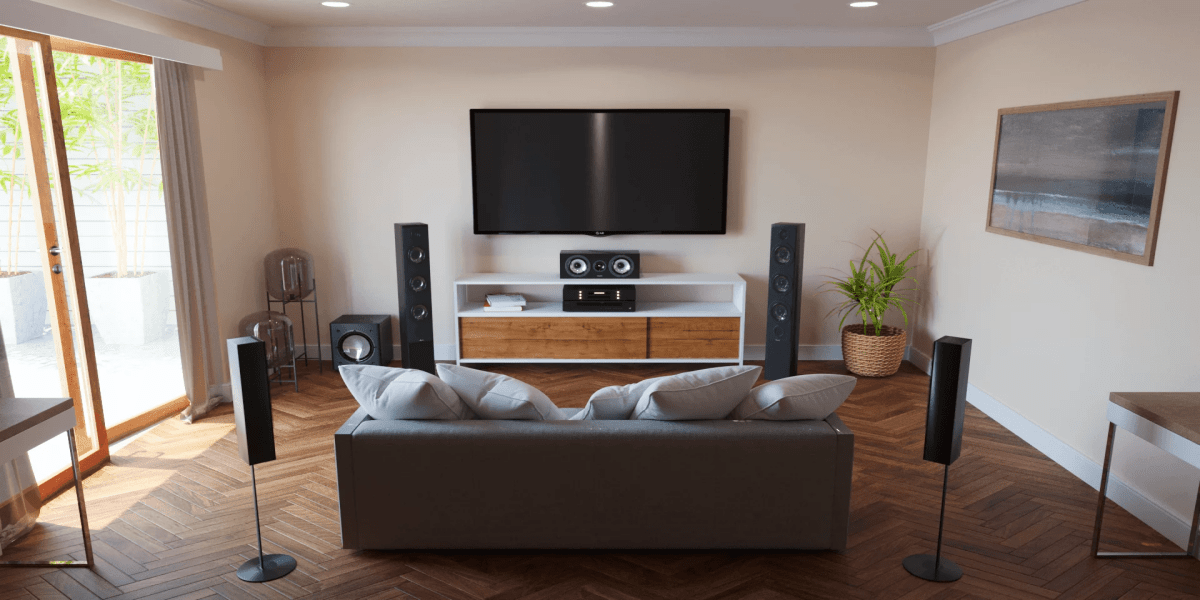
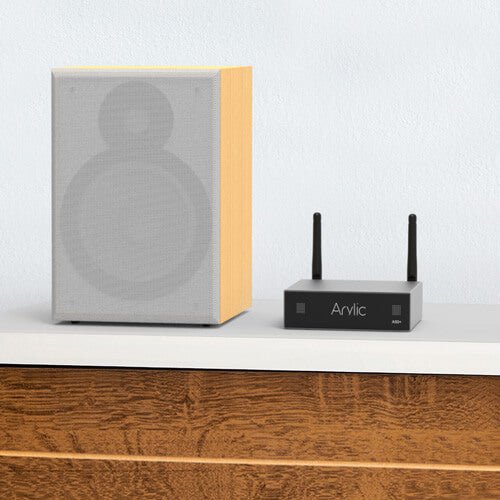
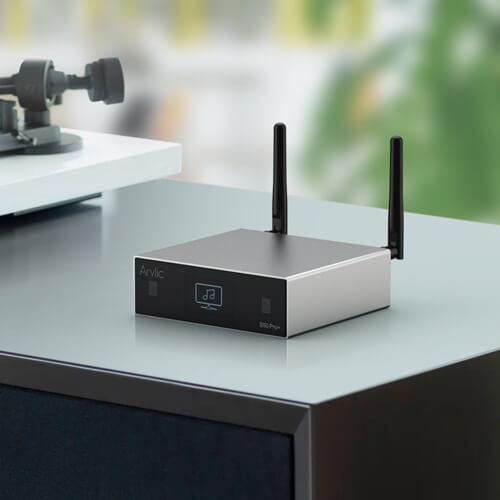
















Leave a comment
All comments are moderated before being published.
This site is protected by hCaptcha and the hCaptcha Privacy Policy and Terms of Service apply.